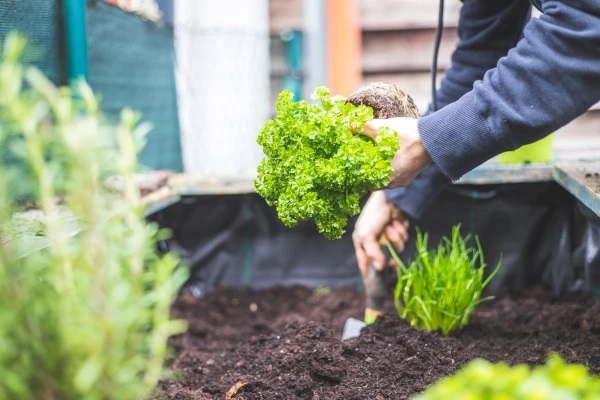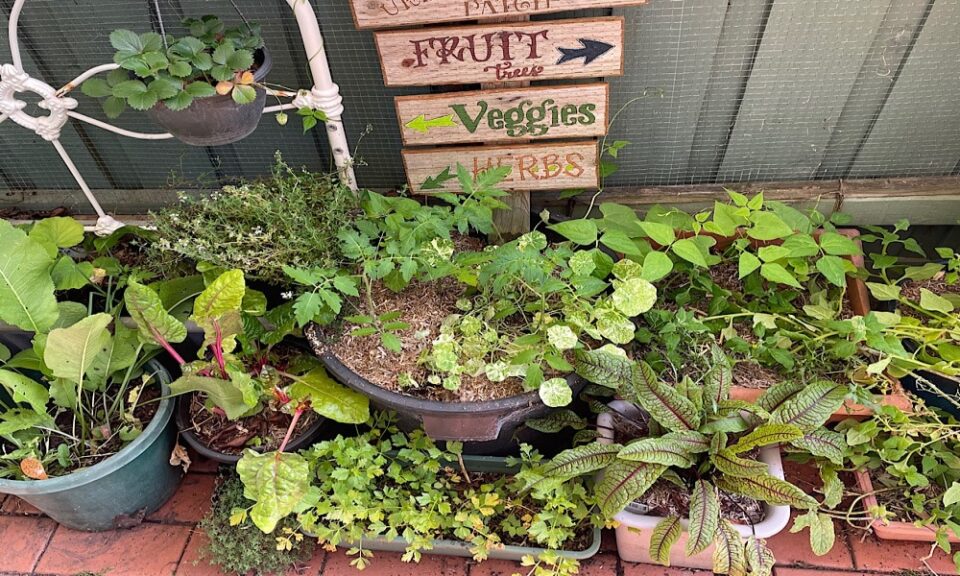Growing your own herbs and vegetables can be a rewarding and sustainable way to ensure you have fresh, organic produce at your fingertips. Not only does it save you money in the long run, but it also allows you to have full control over what you put on your plate. In this guide, we will explore the benefits of growing your own herbs and vegetables and provide you with practical tips to get started.
Why Grow Your Own Herbs and Vegetables?

1. Fresh and Organic Produce: When you grow your own herbs and vegetables, you have the advantage of using them fresh, straight from the garden. This means you get to enjoy the full flavor and nutritional benefits that can be lost during transportation and storage. Plus, you have the peace of mind knowing that your produce is free of harmful pesticides and chemicals.
2. Cost Savings: Buying fresh herbs and vegetables from the grocery store can quickly add up. By growing your own, you can significantly cut down on your grocery bill. Additionally, you can grow a variety of herbs and vegetables that may not be readily available or are expensive to purchase.
3. Sustainable Gardening: Growing your own herbs and vegetables promotes sustainable gardening practices. You can minimize your carbon footprint by reducing the distance your food travels and avoiding single-use plastic packaging. Furthermore, you can compost kitchen scraps to create nutrient-rich soil, reducing waste and promoting a healthy ecosystem.
Getting Started
1. Assess Your Space: Determine the available space you have for gardening. Whether you have a large backyard or just a small balcony, there are options for every space. Container gardening, vertical gardening, and raised beds are great alternatives for limited spaces.
2. Choose the Right Plants: Consider the herbs and vegetables that you frequently use in your cooking. Start with easy-to-grow plants such as basil, mint, tomatoes, lettuce, and peppers. Research the specific requirements of each plant, including sunlight, water, and soil conditions.
3. Prepare the Soil: Invest time in preparing the soil before planting. Remove any weeds or rocks, and enrich the soil with compost or organic matter to provide essential nutrients for your plants. Proper drainage is crucial, so ensure the soil is well-drained to prevent waterlogging.
4. Planting and Maintenance: Follow the recommended spacing and planting depth for each plant. Water your plants regularly, ensuring they receive adequate moisture without becoming waterlogged. Monitor for pests and diseases, and take appropriate measures to protect your plants naturally, such as using companion planting or organic pest control methods.
5. Harvesting and Using Your Herbs and Vegetables: When your herbs and vegetables are ready for harvest, use sharp pruners or scissors to avoid damaging the plants. Harvest in the morning when the plants are at their freshest. Incorporate your homegrown produce into your meals to savor the flavors and enjoy the satisfaction of knowing you grew it yourself.
Growing your own herbs and vegetables is a fulfilling experience that allows you to reconnect with nature and promote sustainable living. With a little planning, patience, and care, you can enjoy a bountiful harvest of fresh, organic produce right at your doorstep. Start your gardening journey today and enjoy the many benefits of growing your own herbs and vegetables!

